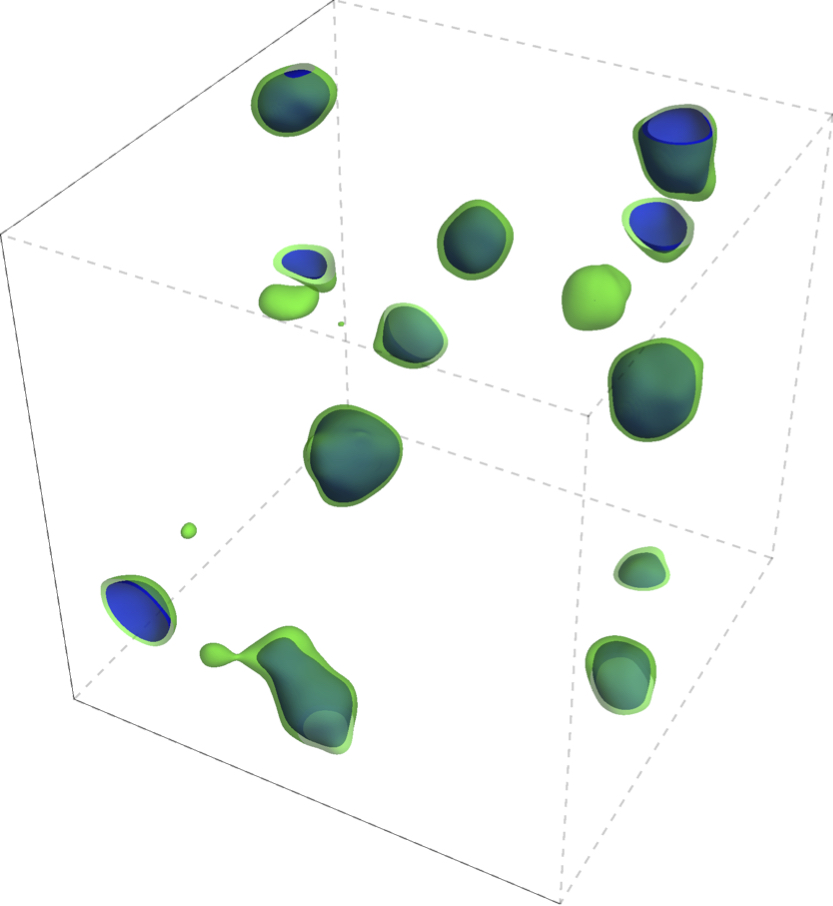/ Research
Gravitational wave factories in the early universe

Researchers from the Particles & Cosmology group at the Department of Physics have found that in the early universe after inflation, so-called oscillons can act as "gravitational wave factories" and produce much more gravitational waves than previously thought. Oscillons are localized and strong scalar field fluctuations that are comparatively long-lived. Numerical simulations showed that the produced gravitational waves have a specific frequency, related to the underlying theory of the early universe, and manifest themselves as a pronounced peak in the otherwise rather broad spectrum of gravitational waves from early universe dynamics. If this peak is in the right frequency range, the effects from the oscillons can be observed by the running or planned gravitational wave detectors, e.g. by the aLIGO-AdVirgo detector network. The detection of such a gravitational wave signal would provide a fascinating window into the physics of the early universe. The results are published in Physical Review Letters.
